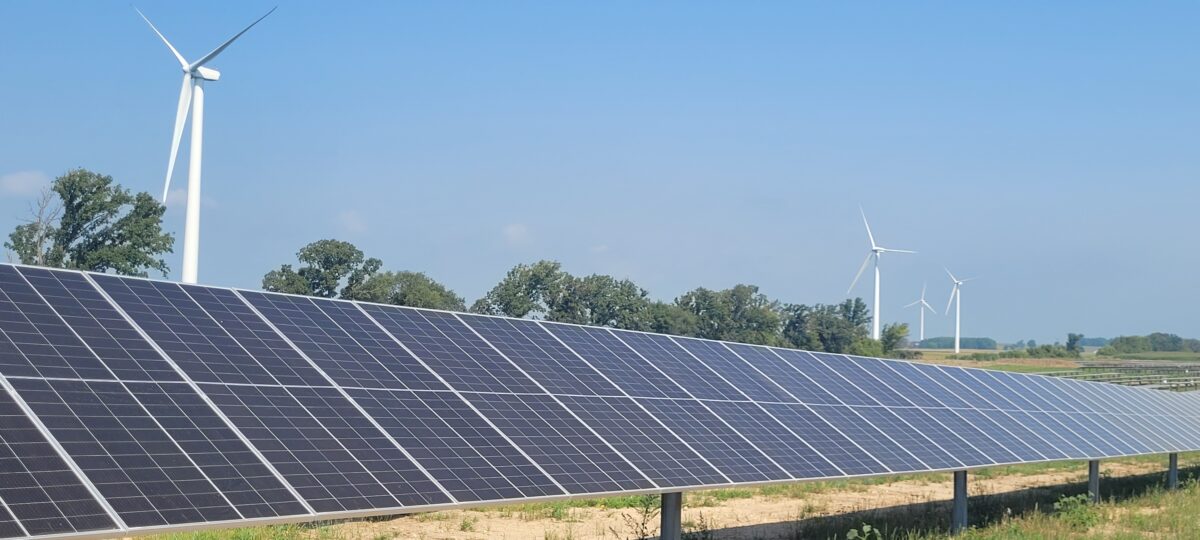Alliant Energy has deployed six new solar projects in Wisconsin, collectively amounting to 514 MW and tripling the utility’s solar generation capacity.
All six projects are online and operational, and are single-axis tracker systems, Tony Palese, a spokesperson for Alliant Energy, told pv magazine USA. They include durable, high-performance bi-facial solar panels, which can cope with severe weather conditions, like snow. The sites were constructed beginning in 2022, and employed almost 1,000 workers, according to the utility.
The projects include the 50 MW Albany Solar Project in Green County; 50 MW Cassville Solar Project in Grant County, 150 MW Onion River Solar Project in Sheboygan County, 65 MW Paddock Solar Project in Rock County, 100 MW Springfield Solar Project in Dodge County and 99 MW Wautoma Solar Project in Waushara County. The modules at the six completed sites are primarily from Trina and First Solar, Palese said.
Completing these projects is a huge milestone in Alliant Energy’s journey toward a “brighter energy future,” David de Leon, Alliant Energy’s Wisconsin president, said.
“We’re proud to leverage new technology and locally generated energy solutions to increase customer value and help avoid long-term costs,” de Leon added.
The new batch of projects are among 12 utility-scale solar projects that are part of Alliant Energy’s clean energy blueprint in Wisconsin. The company deployed three projects, amounting to 250 MW, last year, and have three more that are in the final stages of construction. Once all the projects are online – expected to be by mid-2024 – they will collectively generate 1,089 MW.
The company is also making investments in energy storage. Alliant Energy has announced plans to construct battery energy storage systems at two of its solar sites, Palese said, a 100 MW and 75 MW system that will be constructed at solar facilities in Grant County and Wood County respectively. Last February, the utility also announced plans to deploy a 99 MW battery system adjacent to its Edgewater Generating Station, which is scheduled to retire in 2025.
“We expect to begin construction on all three battery projects this spring,” Palese said.
In September, Alliant announced it had been selected for an up to $30 million grant from the U.S. Department of Energy’s Office of Clean Energy Demonstrations for a planned 200 MWh energy storage system, with a 10-hour storage duration. The project would use a technology that compresses carbon dioxide gas into liquid to store energy, and then convert that liquid back into a gas to power a turbine, creating electricity when demand rises on the grid.
This content is protected by copyright and may not be reused. If you want to cooperate with us and would like to reuse some of our content, please contact: editors@pv-magazine.com.








By submitting this form you agree to pv magazine using your data for the purposes of publishing your comment.
Your personal data will only be disclosed or otherwise transmitted to third parties for the purposes of spam filtering or if this is necessary for technical maintenance of the website. Any other transfer to third parties will not take place unless this is justified on the basis of applicable data protection regulations or if pv magazine is legally obliged to do so.
You may revoke this consent at any time with effect for the future, in which case your personal data will be deleted immediately. Otherwise, your data will be deleted if pv magazine has processed your request or the purpose of data storage is fulfilled.
Further information on data privacy can be found in our Data Protection Policy.